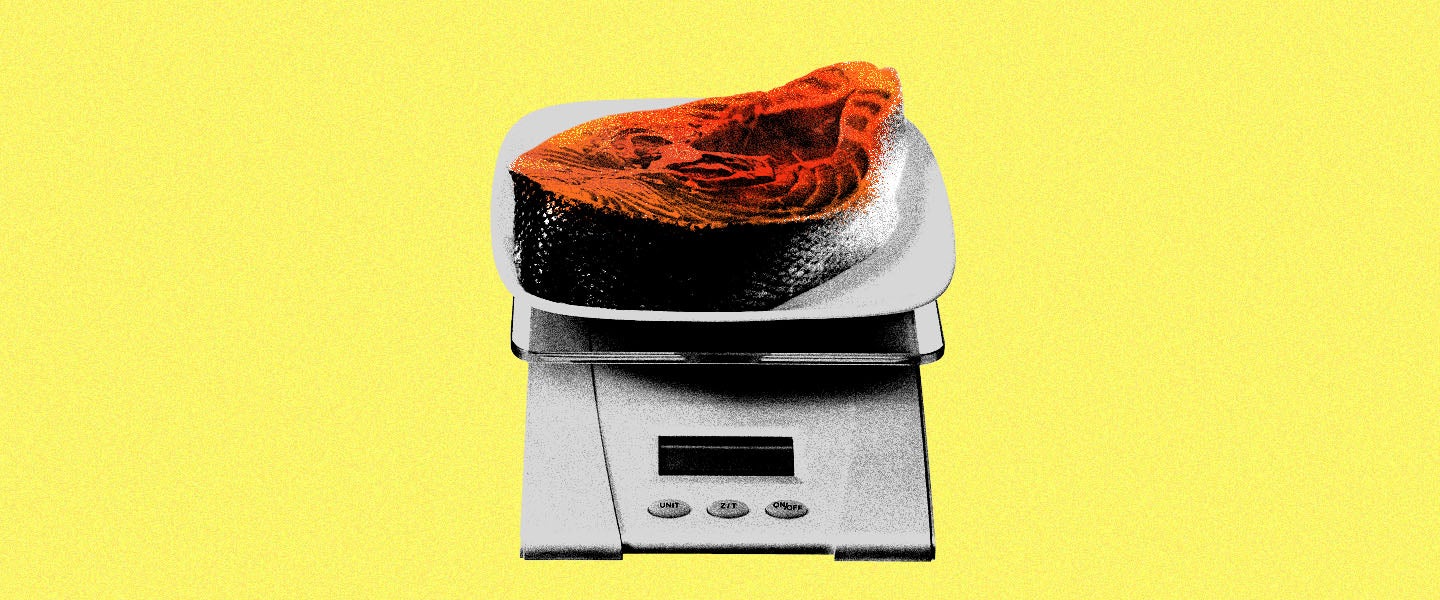In an ever more health-conscious society, ironically inhabited by mostly not-very-fit folks, the nutritional focus is in a constant see-saw. One minute the Mediterranean diet is considered healthy; the next, scientists aren’t so sure. Or one week coffee is considered vital to your longevity; the next, you find out it could lead to your death. In other words, the only thing certain in this rabid world of dietary evolution is that the next big dietary fad is just one poorly researched blog post away from convincing you that the thing you were doing last week is actually fucking you up.
But every now and again, a new dietary focus comes along that, well, isn’t so keto-tonic. Instead, it’s just a new way to keep track of the nutrients you’re in all likelihood already ingesting. Case in point: Macros.
It sounds like you expect me to know what you’re talking about. But I don’t know what you’re talking about.
In fairness, average sir, I too didn’t know what “macros” were until recently. And when I found out, I sort of shrugged my shoulders and thought, Yeah, that makes sense, which is really about the biggest reaction I could reasonably expect anyone to muster.
According to Fitbit’s blog, macros are basically the other side of the nutrient coin if one side includes micronutrients, aka vitamins and minerals. “It can get a little confusing, because people often refer to foods as macros: saying bread and pasta are ‘carbs,’ and talking about meat as ‘protein,’” reports Fitbit. “Those foods contain more of that specific macronutrient than the others. But macros are just the individual elements, and most foods are made up of a blend of all three — pasta actually contains a little protein, and meat definitely has fat! Understanding macros can help you lay a solid foundation for a balanced diet.”
So… macros is just a fancy word for carbs, protein and fat?
Yeah, although I’m not even sure how fancy “macros” really is. But continuing on: While it’s typical for people trying to lose weight to count calories, it’s likely going to serve you and your muscles better to instead count macros. “Let’s take an example: If you ate 10 Ritz crackers and wanted to calculate your macros for that meal, you would first determine how many servings you ate,” reports Tasteaholics. “If the serving size is 5 crackers and you ate 10, you would multiply every number on that label by 2. You would have eaten 8 grams of fat, 20 grams of carbs and 2 grams of protein in that snack. In your log, you would then add all your grams of carbs, protein and fat up to a total so far.”
It’s just extra-nerdy calorie counting, got it. But like, how do I know how much of each macronutrient I need to be sure I’m walking on the healthy side of things?
As per the same Tasteaholics article, your perfect macronutrient intake depends on, well, everything: Your age, gender, weight, BMI and activity level. So let’s say your goal, which is the same as most people’s goal, is to lose weight. In this case you’ll want to be on a ketogenic diet (roughly speaking, low carb, high fat). “For example, 122 grams of fat, 100 grams of protein, 25 grams of carbs would roughly follow a 70 percent fat, 25 percent protein and 5 percent carb intake,” reports Tasteaholics.com.
If you’re less concerned with losing weight, the USDA recommends the following macro range for a healthy diet: 45 to 65 percent carbs, 10 to 35 percent proteins and 20 to 35 percent of fat, according to the same Fitbit blog post.
Well, here’s the thing, I’m not so great with the numbers and I don’t want to calculate my macronutrients every time I eat a Goddamn cracker, so… any alternatives?
Well, lucky for you, there are plenty of keto calculators out there that are used specifically for calculating your macro intake, like this one.
Thank God for calculators! Okay, last question: What’s the downside to counting macros? Because I know every diet has at least one down side, right?
Unfortunately, this is where I break it to you that counting macros does in fact have its drawbacks. Because the macro diet follows the concept that, if it fits your macros count, you can eat whatever you want, it can lead to the development of bad eating habits and be counterproductive to achieving your long-term health goals. “With no set standard enforcing high-quality food, you might eat nutritious meals every day — or eat three donuts instead if it fits your macros,” reports Bulletproof’s blog. “This approach could lead to micronutrient imbalances, food cravings and weight gain.”
So I could follow this counting business to the letter and still wind up dead from diabetes?
Basically. But also, come on man, I don’t care what diet you’re on, if you think eating three donuts is ever a healthy food idea, well, my average guy, you’re clearly not long for this world anyway.

